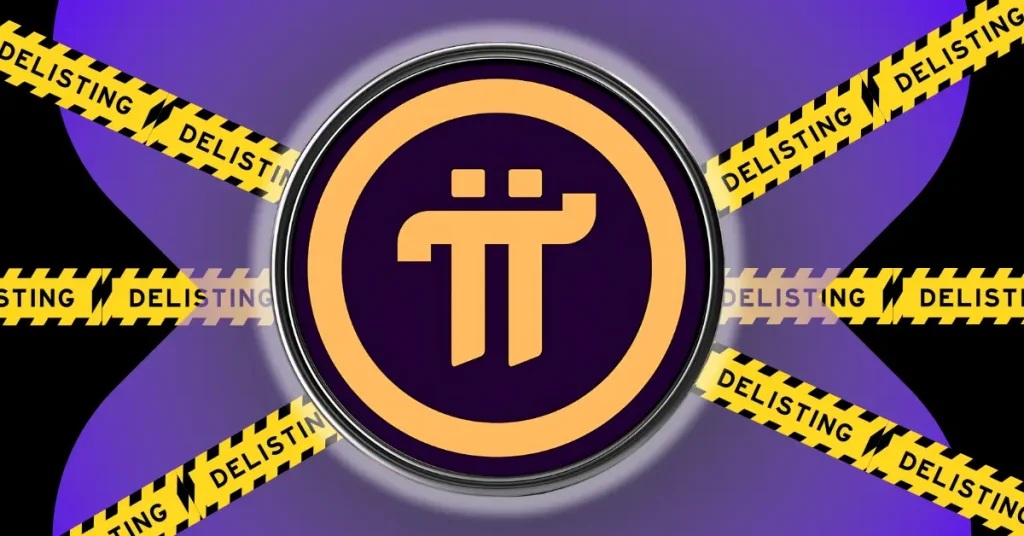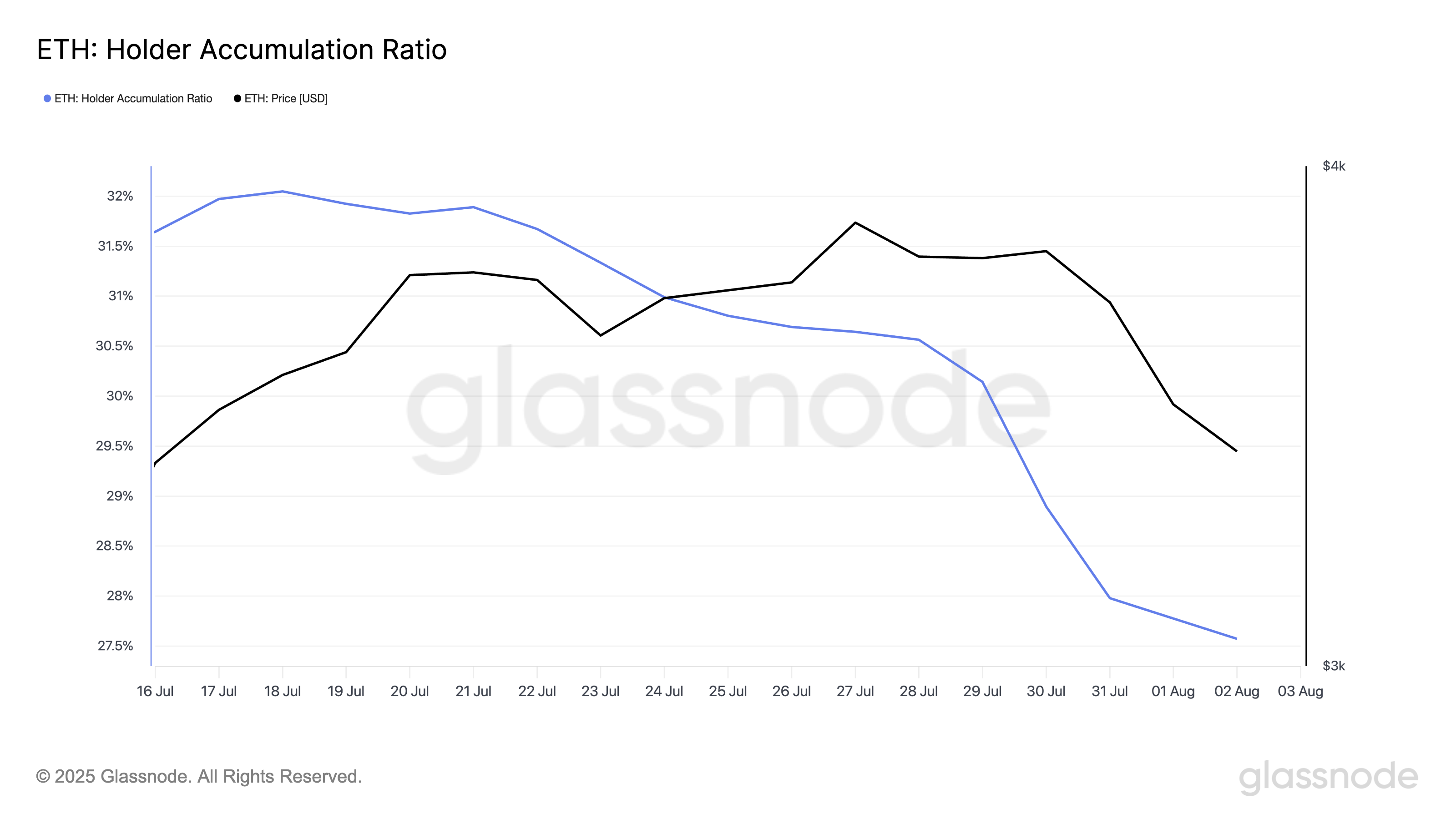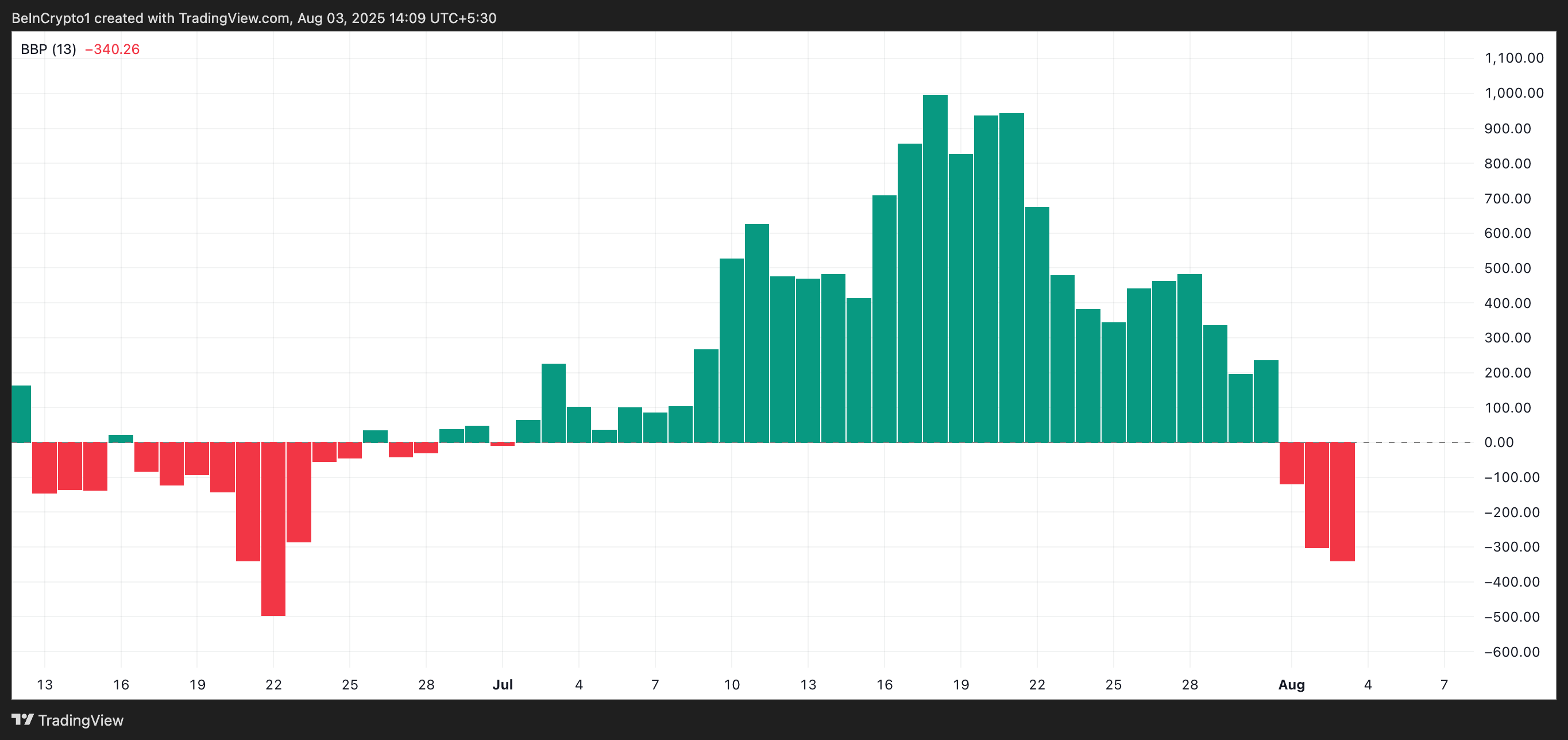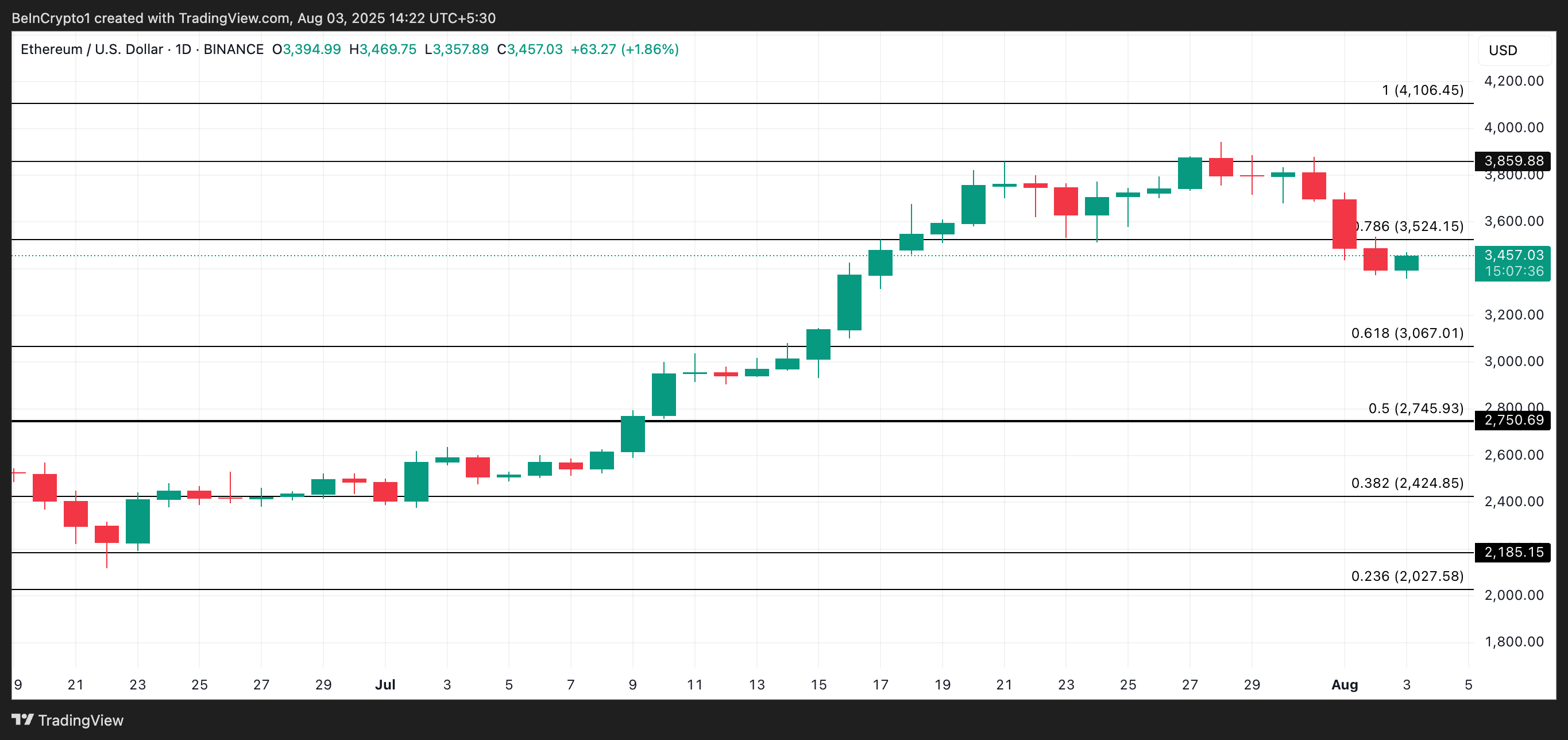
Arbitrum, the leading Layer-2 network’s much anticipated partnership with Nvidia has collapsed. This has sent ripples through the crypto and tech communities
It was all set for a significant milestone – joining the Ignition AI Accelerator program of Nvidia. With this partnership, the layer-2 network would become the go-to-blockchain for AI projects developing under Nvidia’s program.
The Ignition AI Accelerator program launched in May 2024 provided high-potential AI startups comprehensive support. Arbitrum wanted to rope into these startups to help them build decentralized infrastructure.
However, according to the latest Arbitrum-Nvidia update, the partnership has failed miserably.
The partnership was initially seen as a landmark collaboration between blockchain scalability and AI . And now the termination of the alliance highlights continued divergence between the traditional tech world and the rapidly evolving Web3 ecosystem.
Why did Nvidia-Arbitrum Partnership Failed
BrandTalk alaways aims to provide you factual reporting, So the fact is there was no direct partnership between Nvidia and Arbitrum.
The collaboration was to happen between Nvidia’s The Ignition Accelerator Program and Arbitrum.
In the press release on April 25, the program has issued a statement of clarification. It had revealed that it was Arbitrum Foundation that have requested to pull out from it. It clarified that it was not “Nvidia” or its supported program that snubbed the partnership.
It is important to note that The Ignition AI Accelerator is a cohort-based, four-month program which selects up to 15 high-potential AI startups. Eligible applicants must demonstrate a clear AI-focused product vision and unique technology addressing real-world needs. Applications are open to founders of new AI startups or AI leads of existing ventures.
It clearly mentions in its eligibility criteria that certain kind of projects are excluded from the application.
These are:
- cryptocurrency/blockchain-only projects,
- consulting or outsourced development firms,
- cloud service providers,
- hardware/software resellers or distributors, and
- publicly traded companies .

Market Reaction
Arbitrum (ARB) briefly dipped 2.77% to trade at $0.3436, reflecting an initial investor pullback on the partnership fall out news.
Despite that drop, some markets saw ARB rally roughly 5% over the following 24 hours. It is hovering near $0.34 as traders bet on Arbitrum’s pivot to other partnerships and on-chain resilience.

For the broader crypto impact, Ethereum remained steady around $1,810. There is possibility of imminent crash as Ethereum whales dump 63k coins.
In response to the breakup, several smaller AI-focused crypto projects also saw a modest bump in token prices. These include Fetch.ai and Ocean Protocol as investors turn to bet on native Web3 players to fill the vacuum.
Do Web3 Firms Require Tech Giant Partnership
Arbitrum’s reported decision to step out of the partnership is not revealed yet.
However, the Arbitrum-Nvidia breakup underscores the growing pains of the Web3 industry as it seeks to collaborate with established corporate giants.
It serves as a reminder that traditional corporations’ values can be at odds with Web3’s decentralization ethos.
Moreover, the incident reignites an ongoing debate: Can decentralized AI infrastructures scale effectively without reliance on centralized tech giants?
Many in the crypto community argue that decentralized AI must be built independently. It should leverage open-source communities rather than corporate partnerships.
The post Why Arbitrum-Nvidia Partnership Collapsed – And What It Means for Web3 appeared first on CoinGape.















